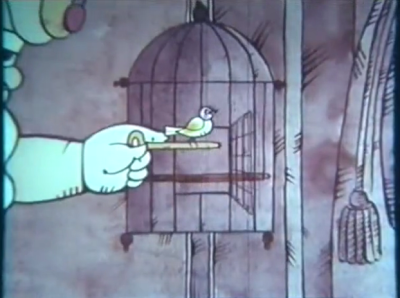Mideast Photography at Museum of Fine Arts, Boston
 |
“Untitled #2,” by Gohar Dashti, from Iran. Courtesy the artist, via Forbes.
‘She Who Tells a Story: Women Photographers From Iran and the Arab World’: The Museum of Fine Arts, Boston, presents an ambitious and revealing exhibition.
|
by Vicki Goldberg, The New York Times
Middle Eastern women, supposedly powerless and oppressed behind walls and veils, are in fact a force in both society and the arts. They played a major role in the Arab Spring and continue to do so in the flourishing regional art scene — specifically in photography — which is alive and very well indeed. Some Middle Eastern photographers have taken their cameras to the barricades, physical ones and those less obvious, like the barriers erected by stereotypes, which they remain determined to defy. The Museum of Fine Arts, Boston, takes note in “She Who Tells a Story: Women Photographers From Iran and the Arab World,” an ambitious and revealing exhibition of work by 12 women, some internationally known.
The curator, Kristen Gresh, says in the catalog that this show, which runs through Jan. 12, was intended to explore “the dualities of the visible and invisible, the permissible and forbidden, the spoken and the silent, and the prosaic and the horrific.” These approximately 100 photographs and two videos generally respond to that intention and open a wide window on what preoccupies women in regions that are read about here more often in news articles about riots and refugees. At times, the ideas in this show count more than the images, which range in quality from remarkable and convincing to the merely derivative in some cases.
In the Middle East, it hasn’t always been easy or considered respectable for women to photograph. Boushra Almutawakel, born in Yemen, recalled that a man once asked her what she did; when she replied that she was a photographer, he said sweetly, “It’s nice to have a hobby.” She was nervous about her first show, partly because it included pictures of herself, but only later did her mother voice disapproval: “Who shows pictures of herself?” She answered, “Mama, they’re art, they’re in a museum,” to which her mother replied, “Who sells pictures of herself?”
Iran poses particular difficulties to photojournalists, both male and female. Shadi Ghadirian, from Iran, said in a video that in her country a female photographer is a potential traitor. Many colleagues have been detained and imprisoned, and some have never returned. Newsha Tavakolian, an Iranian who has photographed for The New York Times, said in an interview, “We have a red line.” Where is it? “I don’t know. No one knows where it is.” Then, with a shrug, she added, “Everyone knows.”



.jpg)



